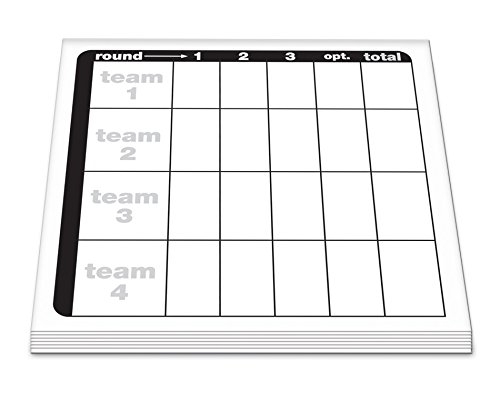

Sidenote.Did you happen to catch the Supercharge your Circle Time post? It was all about adding some *newness* inside your circle time routine, while still keeping it. I use them on the daily and these games allow me to work with students as a group to practice/review all those academic skills - but in a fun way! Whole group games work SOOO incredibly well at circle time. Check out the official game rules if you want to give it a try.Īre you ready ? I am gray, I live in the sea, I am a mammal and I am the BioLibre logo… Do you have it? Well done, you are on the hook for your next game.Games + Circle Time = engaged whole group learning! There is an expert variant for 5 and 7 players which consists in making the neighbor to the left guess the cards.If anyone says or does something prohibited on their turn, the card goes to the bottom of the deck.Once a card is missed or passed, it is forbidden to return to it during his turn.

Note (to avoid arguments during your next games) : The team that has revealed the most cards during the entire duration of the game wins the jackpot! Well. If speaking is prohibited, it is possible to hum and make sound effects! Please note, it is again forbidden to pass cards. You have to shuffle the cards again at the start of the third round. Once the round is over, that is, the hourglass time has elapsed, we regroup all the cards that have not been guessed, we shuffle them, and we move on to the next team. In the event that several proposals are given, the first that prevails. Its teammates have only one suggestion to make. This time, each team should use only one word to guess a card. You have to start by regrouping all the cards and shuffling them. What are the rules for the second round ? Tip: remember all the words that appear during this round! It is with what will be said that you will be able to more easily guess the cards in the following rounds ) Once the deck is finished, each team counts the number of guessed cards. When the time is up, the deck of cards passes into the hands of the other team, who takes over the current card. Once discovered, the team keeps the card, putting it face up on the table, and move on to the next one. The team can make as many proposals as they want.

In its simple version, the game is played in teams and over three rounds.

The principle of Time's Up! is very simple and a game is quite quick since it lasts less than an hour. It is a very easy game to take with you on vacation or to a night out with family or friends, for example, as it comes with a small carrying bag. There is also an hourglass that limits each player's turn to 30 seconds. It comes in the form of a box in which there are cards on which are personalities, works, proper names or even monuments, depending on the extensions available for sale. French versions of Time's Up have been available since 2005. Time's Up! is a board game invented by Peter Sarrett in 1999.


 0 kommentar(er)
0 kommentar(er)
